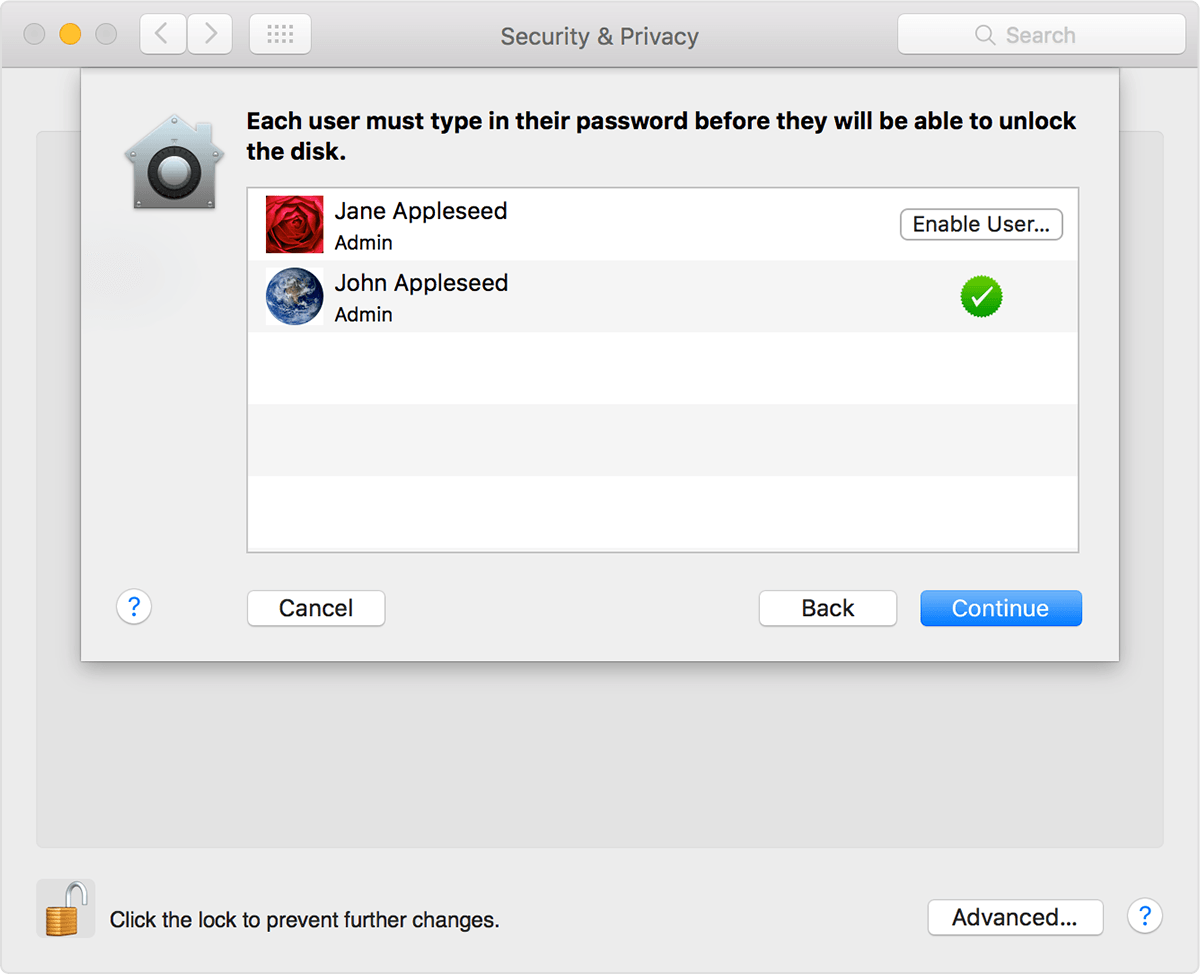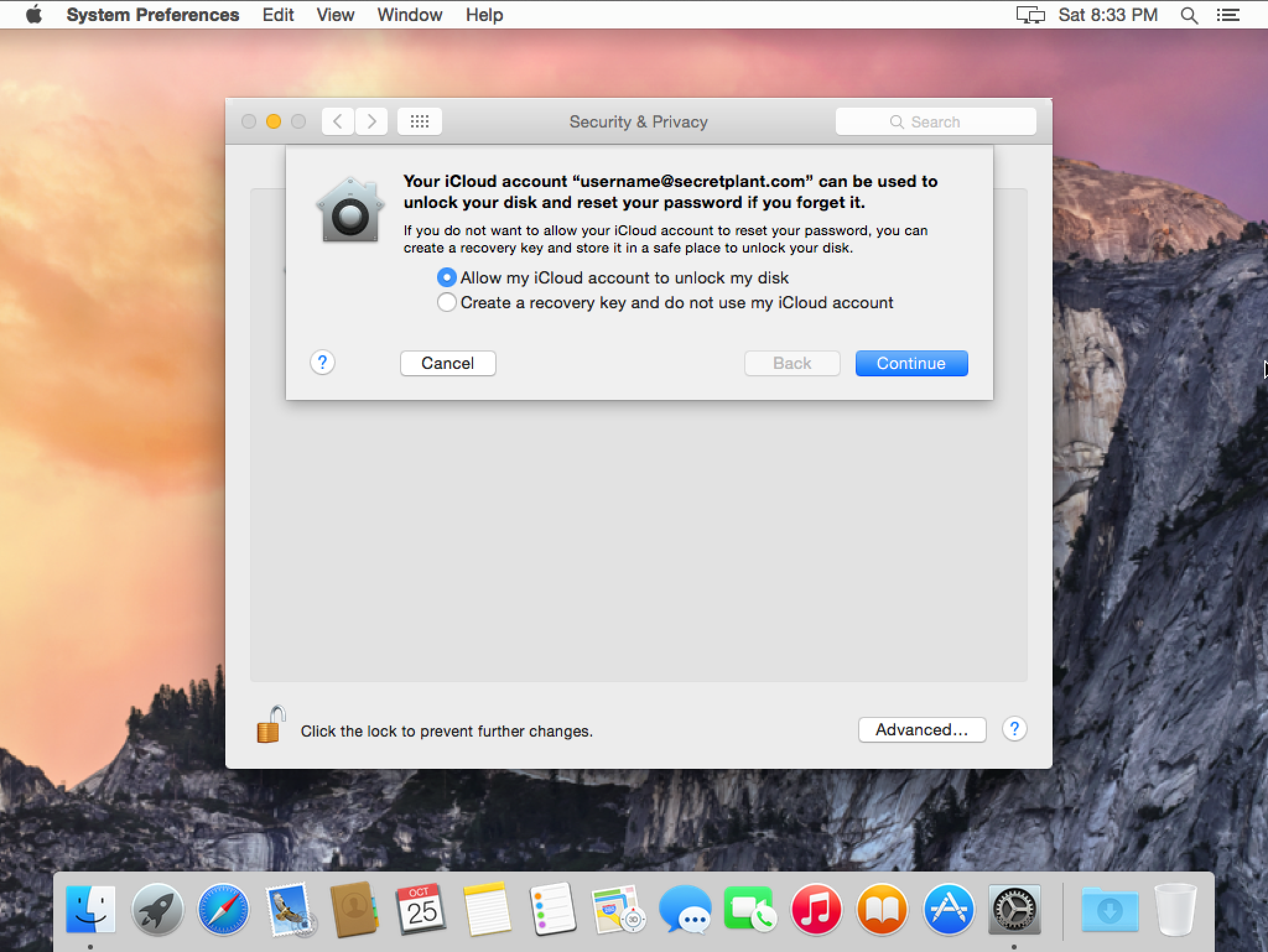Aug 14, 2019 Dismiss Join GitHub today. GitHub is home to over 40 million developers working together to host and review code, manage projects, and build software together.
WEP - 152-bit - 16 Characters. Wep and wpa key generator for windows 7 free. WEP - 128-bit - 13 Characters.
https://tanocalrec.tistory.com/8. Successfully tested February 7th 2014!!Hey Guys,since Steam changed their security settings a few weeks ago, it was hard for us to just update our old Steam Key Generator v2.8.Instead we decided to start over again and created a completely new steam key generator based on insider tips from one of our friends, working for Valve Corporation ®.We have integrated MAC/Linux support for all you Apple users 😉This is the result:Our Steam Key Generator is self updating, so you won´t miss any upcoming game highlight! The Steam Key Generator which is shown below and named 2013 still works!
- Generate A New Key For Filevault 2 0
- Generate New Recovery Key Filevault 2
- Generate A New Key For Filevault 2 Free
Pc emulator for mac free download. These advanced steps are for system administrators and others who are familiar with the command line. https://tanocalrec.tistory.com/3.

Create a FileVault master keychain
- Open the Terminal app on your Mac, then enter this command:
- When prompted, enter the master password for the new keychain, then enter it again when prompted to retype. Terminal doesn't show the password as you type.
- A key pair is generated, and a file named FileVaultMaster.keychain is saved to your desktop. Copy this file to a secure location, such an encrypted disk image on an external drive. This secure copy is the private recovery key that can unlock the startup disk of any Mac set up to use the FileVault master keychain. It is not for distribution.
In the next section, you will update the FileVaultMaster.keychain file that is still on your desktop. You can then deploy that keychain to Mac computers in your institution.
Remove the private key from the master keychain
Azure Key Vault account—your account includes the key vault for storing keys, passwords, etc. (get a Key Vault account) CertCentral account.—your account is specifically set up for linking with your Azure Key Vault account (get your CertCentral account) Administrator level permissions in your accounts. Click the FileVault tab. Select the Require FileVault 2 checkbox. Select Use institutional recovery key, Create individual recovery key, or both. (Optional) If you are using an institutional key, select the certificate that contains the public key from institutional recovery keychain. You can use the Certificate payload to upload an institutional.
After creating the FileVault master keychain, follow these steps to prepare a copy of it for deployment:
How to add library to eclipse in mac download. And give it a name: mule; click OK. Click New.
Amazon send to kindle for mac. Send to Kindle for Website Owners. Send news articles, blog posts and other web content to your readers' Kindles so they can read them anytime, everywhere on their Kindle devices or reading apps. › Send to Kindle Button for Websites › Send to Kindle Button for WordPress Bloggers. How to Send to Kindle on Mac for Google Chrome Read web content anywhere and anytime on Kindle with 'Send to Kindle for Google Chrome' with the steps given below. Step 1: Download and install the 'Send to Kindle' app Mac for your Google Chrome. Step 2: Open the web content on Google Chrome itself. Send personal documents to your Kindle from your Mac. Drag and drop one or more documents on to the Send to Kindle icon in your Dock or launch the application and drag and drop one or more documents on to it. From any Mac application that can print, select the print menu and choose Send to Kindle.
- Double-click the FileVaultMaster.keychain file on your desktop. The Keychain Access app opens.
- In the Keychain Access sidebar, select FileVaultMaster. If you see more than two items listed on the right, select another keychain in the sidebar, then select FileVaultMaster again to refresh the list.
- If the FileVaultMaster keychain is locked, click in the upper-left corner of Keychain Access, then enter the master password you created.
- From the two items shown on the right, select the one identified as ”private key” in the Kind column:
- Delete the private key: Choose Edit > Delete from the menu bar, enter the keychain master password, then click Delete when asked to confirm.
- Quit Keychain Access.

Now that the master keychain on your desktop no longer contains the private key, it's ready for deployment.
Deploy the updated master keychain on each Mac
After removing the private key from the keychain, follow these steps on each Mac that you want to be able to unlock with your private key.
- Put a copy of the updated FileVaultMaster.keychain file in the /Library/Keychains/ folder.
- Open the Terminal app and enter both of the following commands. These commands make sure that the file's permissions are set to
-rw-r--r--and the file is owned by root and assigned to the group named wheel. - If FileVault is already turned on, enter this command in Terminal:
- If FileVault is turned off, open Security & Privacy preferences and turn on FileVault. You should see a message that a recovery key has been set by your company, school, or institution. Click Continue.
Generate A New Key For Filevault 2 0
This completes the process. If a user forgets their macOS user account password and can't log in to their Mac, you can use the private key to unlock their disk. Mon hun generations key quests.
While everyone was waiting for an update, it was time for the addition of 250 more features. Thus the success of the release. Apple launched Mac OS X Lion on July 1, 2011. The company name is enough to get fans excited about their new product and people just jump in buy it on the very day. Images for mac os x. And then the quality was always there to impress the folks.For a regular Mac user there was nothing much, but as always the release created a buzz in the stores and people became excited to try it by themselves and the main reason for this was Apple.
Use the private key to unlock a user's startup disk
Download bookshelf app for mac. If a user forgot their account password and can't log in to their Mac, you can use the private recovery key to unlock their startup disk and access its FileVault-encrypted data. Id template. Diablo 3 cd key generator v3.01 skidrow chomikuj online.
Download vst plugins fl studio 20. Some may require extraction, just extract them to this folder and continue (you may get a choice during install to install as a VST Plugin and Stand Alone.3- open FL Studio (if not already) in order to install the plugins.Now you have to locate the folder containing your plugins.To do this, go to the Options / file menu settings /4 – Then, click on VST plugins extra search folder and select your file.stextbox id=’info’Orginal location of FL Studio Plugins VSTs is C:Program Files (x86)Image-LineFL Studio 11PluginsVST /stextbox 5 – Now to refresh your plugin list.Channels / add one / more. How to add and install VST Plugins in FL Studio Tutorial with pictures1 – Create a folder on your desktop / hard drive named VST’s then download the VST plugin you desire to that folder.2 – Install the plugin if needed.
- On the client Mac, start up from macOS Recovery by holding Command-R during startup.
- If you don't know the name (such as Macintosh HD) and format of the startup disk, open Disk Utility from the macOS Utilities window, then check the information Disk Utility shows for that volume on the right. If you see ”CoreStorage Logical Volume Group” instead of ”APFS Volume” or ”Mac OS Extended,” the format is Mac OS Extended. You will need this information in a later step. Quit Disk Utility when done.
- Connect the external drive that contains the private recovery key.
- From the menu bar in macOS Recovery, choose Utilities > Terminal.
- If you stored the private recovery key in an encrypted disk image, use the following command in Terminal to mount that image. Replace /path with the path to the disk image, including the .dmg filename extension:
Example for a disk image named PrivateKey.dmg on a volume named ThumbDrive:
hdiutil attach /Volumes/ThumbDrive/PrivateKey.dmg - Use the following command to unlock the FileVault master keychain. Replace /path with the path to FileVaultMaster.keychain on the external drive. In this step and all remaining steps, if the keychain is stored in an encrypted disk image, remember to include the name of that image in the path.
Example for a volume named ThumbDrive:
security unlock-keychain /Volumes/ThumbDrive/FileVaultMaster.keychain - Enter the master password to unlock the startup disk. If the password is accepted, the command prompt returns.
Continue as described below, based on how the user's startup disk is formatted.
APFS
If the startup disk is formatted for APFS, complete these additional steps:
Generate New Recovery Key Filevault 2
- Enter the following command to unlock the encrypted startup disk. Replace 'name' with the name of the startup volume, and replace /path with the path to FileVaultMaster.keychain on the external drive or disk image:
Example for a startup volume named Macintosh HD and a recovery-key volume named ThumbDrive:
diskutil ap unlockVolume 'Macintosh HD' -recoveryKeychain /Volumes/ThumbDrive/FileVaultMaster.keychain - Enter the master password to unlock the keychain and mount the startup disk.
- Use command-line tools such as
dittoto back up the data on the disk, or quit Terminal and use Disk Utility.
Mac OS Extended (HFS Plus)
If the startup disk is formatted for Mac OS Extended, complete these additional steps:
Generate A New Key For Filevault 2 Free
- Enter this command to get a list of drives and CoreStorage volumes:
- Select the UUID that appears after “Logical Volume,” then copy it for use in a later step.
Example: +-> Logical Volume 2F227AED-1398-42F8-804D-882199ABA66B - Use the following command to unlock the encrypted startup disk. Replace UUID with the UUID you copied in the previous step, and replace /path with the path to FileVaultMaster.keychain on the external drive or disk image:
Example for a recovery-key volume named ThumbDrive:
diskutil cs unlockVolume 2F227AED-1398-42F8-804D-882199ABA66B -recoveryKeychain /Volumes/ThumbDrive/FileVaultMaster.keychain - Enter the master password to unlock the keychain and mount the startup disk.
- Use command-line tools such as
dittoto back up the data on the disk. Or quit Terminal and use Disk Utility. Or use the following command to decrypt the unlocked disk and start up from it.
Example for a recovery-key volume named ThumbDrive:
diskutil cs decryptVolume 2F227AED-1398-42F8-804D-882199ABA66B -recoveryKeychain /Volumes/ThumbDrive/FileVaultMaster.keychain